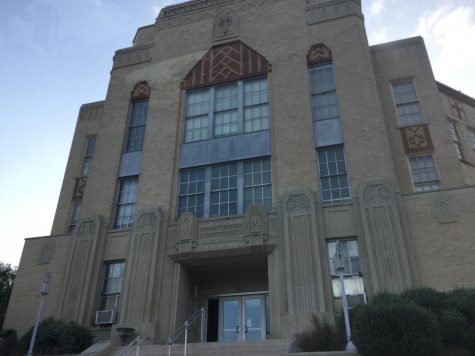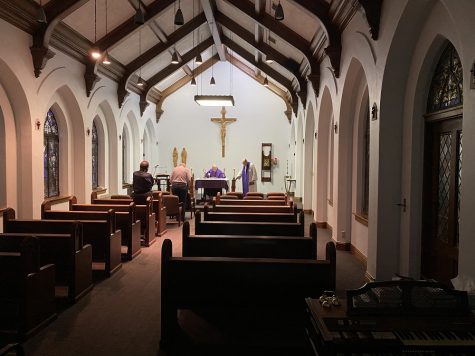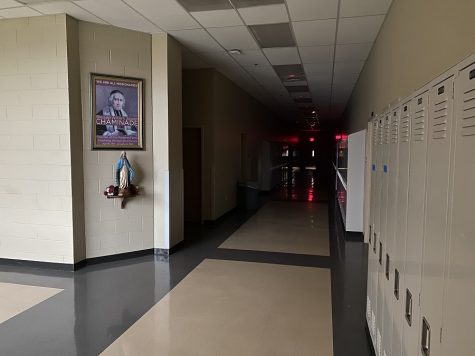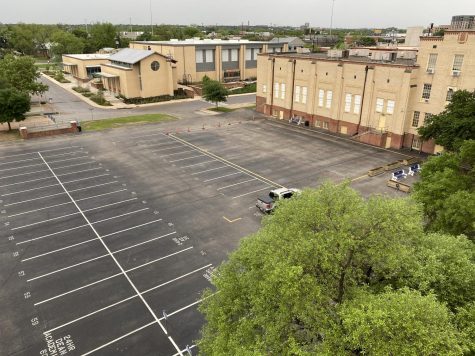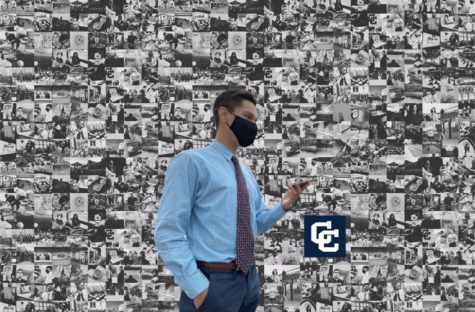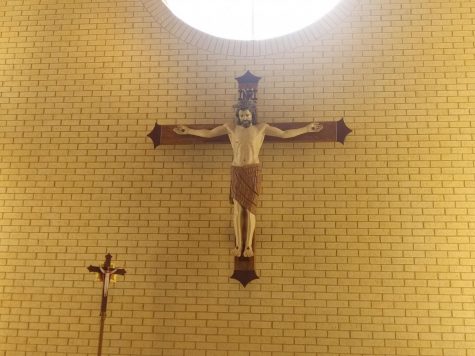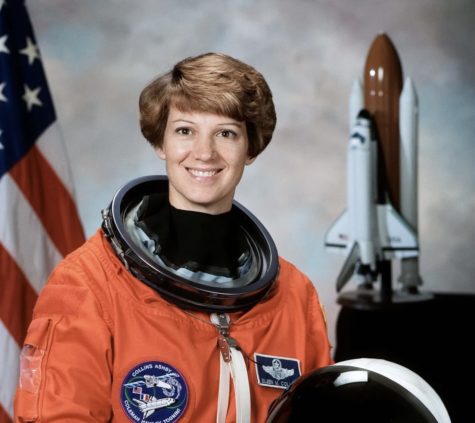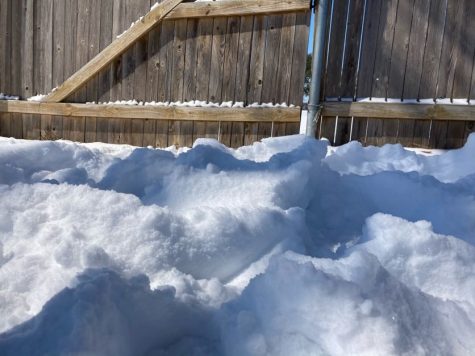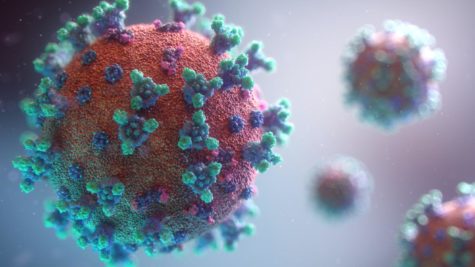- Academics
- Administration
- Announcements
- Around the Quad
- Carousel ONLY
- Features
- News
- Pictures
- Publications
- The Pep
Central selects safe shift to Phase III
February 7, 2021
Uncertainty continues to lurk as COVID numbers have hit record numbers the past two weeks in Bexar County alone. The City this week has reported a total of 178,662 positive cases in Bexar County. With a decline of 860 reported just on Thursday evening. With this, Mayor Nirenberg emphasized that vaccination efforts are still in effect for those currently eligible. He reminds the Greater San Antonio area not to call 311 or 911 to schedule for the vaccine, or request an at-home vaccination.
To that point, Central Catholic plans to boost from phase 2 to phase 3 starting Monday, February 8. This plan includes an 80:20 ratio, with the 20% of students who committed to staying fully remote for the quarter in last winter’s survey. The other 80% are fully in-person.
Nurse Patsy Galvan Soto has been working with Central’s COVID response team, and has some insight of what might be to come.
“Because of numbers around the city, it was just best to instead of coming back 100%, to go back to phase 2. It was safer to do it that way,” she says.
She is talking about returning from Christmas break, as a fear was growing that a spike in numbers was in the package for the upcoming weeks. According to the City’s charts and statistics on their website, a change of just over 3,000 reported cases were reported on January 10 alone. A record for the city in daily numbers. Of course, numbers have been inconsistent over the past few weeks as well, although many believe gatherings from Christmas and New Year’s may have a key role in the issue.
Nurse Patsy says the response team, “looks at the statistics out in the city and around the school,” before they make any crucial decisions.
Another thought on many people’s minds is if community cases spike, what will happen? Nurse Patsy says, “We look at the number of students positive, how many we have as a whole, we’re looking at all the precautions and asking if it’s working.” She continues, “If there is lack of students wearing masks correctly or there’s a higher risk of us spreading it, we will hold back on the schedule. We’re not going to jump right in and say, let’s go.”
Experts believe that asymptomatic cases are also a problem, because one may not know where certain infections came from. This essentially means, that there is a student or teacher on campus unaware of infection, and possibly affecting other students and staff.
“That’s why I kind of change my screening process,” she says. “It’s more about screening them at the door and identifying a headache… If I find those symptoms, it’s easier to do contact tracing.”
With the Biden Administration working to combat the virus, as well as innovation in both testing and vaccinations, Nurse Patsy talks about hopes for the rest of this school year, and the upcoming one as well. “I won’t say it’ll be 100%,” she starts. “Maybe we will be 95% safer… It’s hard to define because our biggest issue is what boys are doing outside of school.” She continues, “I think that we have managed to maintain a good number from when we came back… I think we really need to work on what we are doing outside. But I think that with the administration, the vaccine, with testing more readily available, I think we’ll be good.”
The school is fairly confident in their plan moving forward, and they hope to have 100% by the end of the year. Of course with vaccine phases at a halt, it could be longer before we see any significant sign of a normal return. This includes things like mask-wearing and constant sanitation. Experts believe it could be a long time, even after herd immunity, before that disappears.
